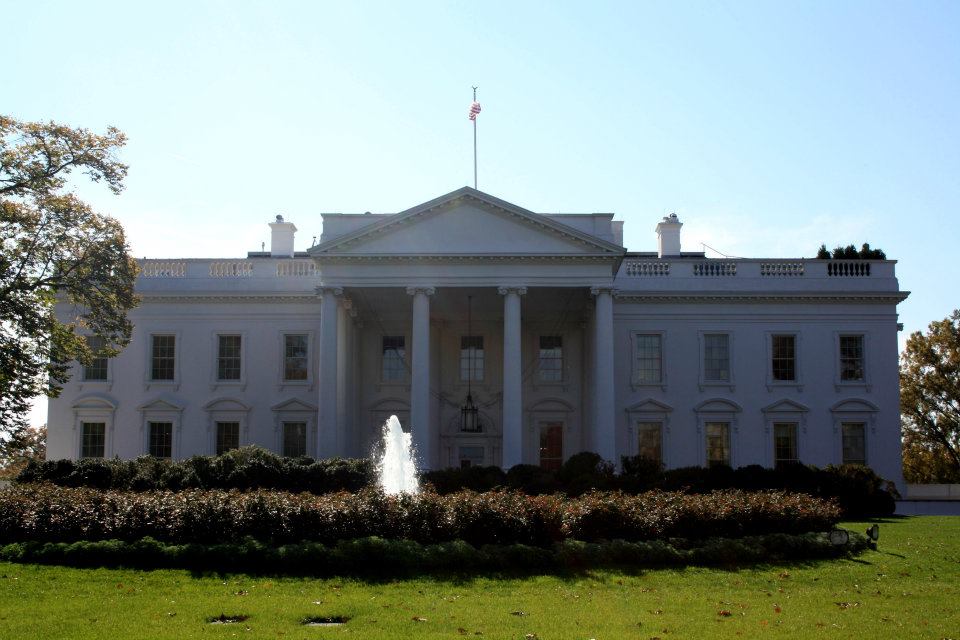Neoclassical architecture
Neoclassical architecture, also known as neoclassicism (sometimes new classicism), emerged in the mid-18th century as a reaction to Rococo. Derived from Palladian architecture, it has references to classical Greek and Roman architecture. Unlike Classical revivalism however, neoclassical architecture tends to draw upon the logic of entire Classical volumes rather than just reusing parts.
The characteristics of neoclassical architecture include the grand scale of the buildings, the simplicity of geometric forms, the Greek (particularly Doric) detailing, dramatic columns, and blank walls. By emphasising the simplicity of the wall and its flat, planar quality, as well as the separation of elements, the style was seen as a reaction to the more lavish excesses of Rococo.
The flatter projections and recessions had different effects on light and shade, and sculptural bas-reliefs were flatter and often framed in friezes, tablets or panels. These and other individual features were isolated and ‘complete in themselves’, rather than being integrated with other features.
The emergence of neoclassical architecture dates back to the 1750s, and was widespread across the United States and Europe. In particular, the city of St. Petersburg built a large number of neoclassical buildings under the reign of Catherine II. Similarly, British architecture came to be dominated by neoclassicism by the turn of the 19th century, with the work of architects such as Robert Adam and John Soane.
In France, Claude-Nicolas Ledoux oversaw a ‘second neoclassic wave’ which was more studied and more consciously archaeological, and was associated with the apex of the Napoleonic Empire. This second phase is referred to as ‘Directoire’ or ‘Empire’, as opposed to the earlier ‘Louis XVI style’.
Notable examples of neoclassical architecture include Karl Friedrich Schinkel’s Old Museum in Berlin, Sir John Soane’s Bank of England in London, and the White House in Washington D.C.
[edit] Related articles on Designing Buildings
- Architectural styles.
- Art Deco.
- Art Nouveau.
- Baroque architecture.
- Beaux Arts style.
- Chicago school of architecture.
- Classical architecture.
- Egyptian hall.
- Elements of classical columns.
- English architectural stylistic periods.
- Italian rationalism.
- Jacobean architecture.
- Monopteros.
- Palladian architecture.
- Rococo.
- The White House.
Featured articles and news
The UK's Modern Industrial Strategy: A 10 year plan
Previous consultation criticism, current key elements and general support with some persisting reservations.
Building Safety Regulator reforms
New roles, new staff and a new fast track service pave the way for a single construction regulator.
Architectural Technologist CPDs and Communications
CIAT CPD… and how you can do it!
Cooling centres and cool spaces
Managing extreme heat in cities by directing the public to places for heat stress relief and water sources.
Winter gardens: A brief history and warm variations
Extending the season with glass in different forms and terms.
Restoring Great Yarmouth's Winter Gardens
Transforming one of the least sustainable constructions imaginable.
Construction Skills Mission Board launch sector drive
Newly formed government and industry collaboration set strategy for recruiting an additional 100,000 construction workers a year.
New Architects Code comes into effect in September 2025
ARB Architects Code of Conduct and Practice available with ongoing consultation regarding guidance.
Welsh Skills Body (Medr) launches ambitious plan
The new skills body brings together funding and regulation of tertiary education and research for the devolved nation.
Paul Gandy FCIOB announced as next CIOB President
Former Tilbury Douglas CEO takes helm.
UK Infrastructure: A 10 Year Strategy. In brief with reactions
With the National Infrastructure and Service Transformation Authority (NISTA).
Ebenezer Howard: inventor of the garden city. Book review.
The Grenfell Tower fire, eight years on
A time to pause and reflect as Dubai tower block fire reported just before anniversary.
Airtightness Topic Guide BSRIA TG 27/2025
Explaining the basics of airtightness, what it is, why it's important, when it's required and how it's carried out.
Construction contract awards hit lowest point of 2025
Plummeting for second consecutive month, intensifying concerns for housing and infrastructure goals.
Understanding Mental Health in the Built Environment 2025
Examining the state of mental health in construction, shedding light on levels of stress, anxiety and depression.






















